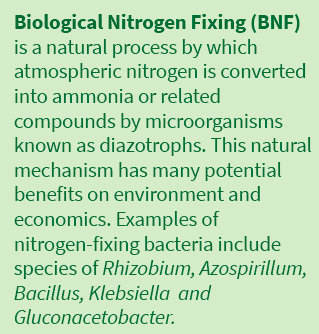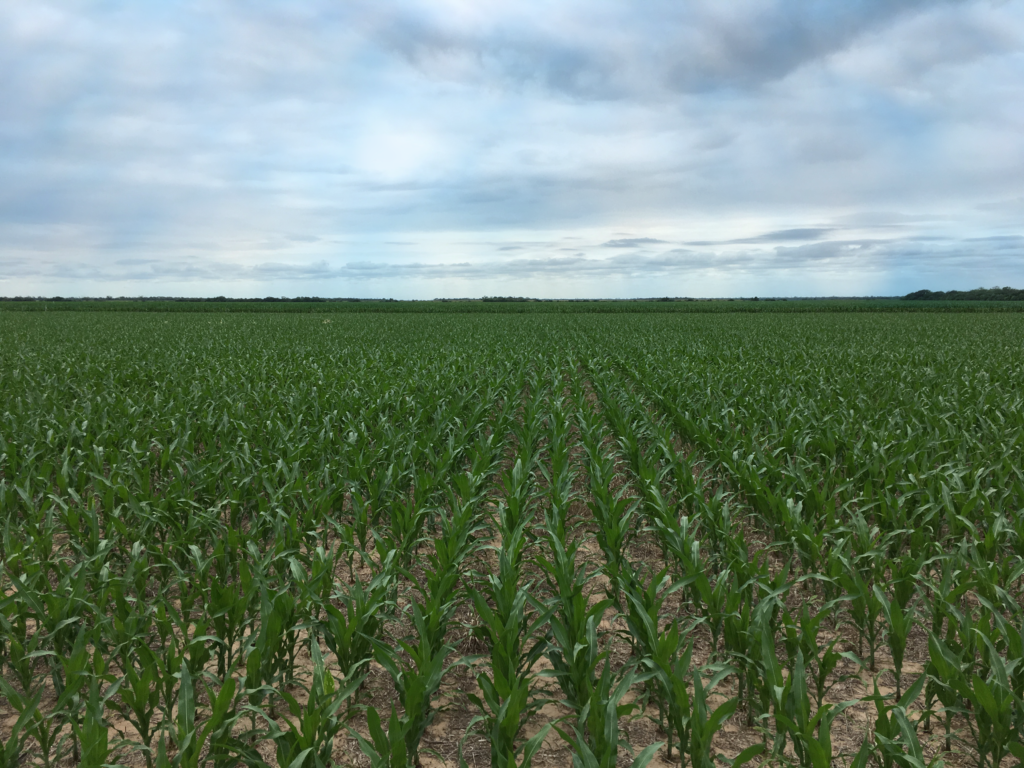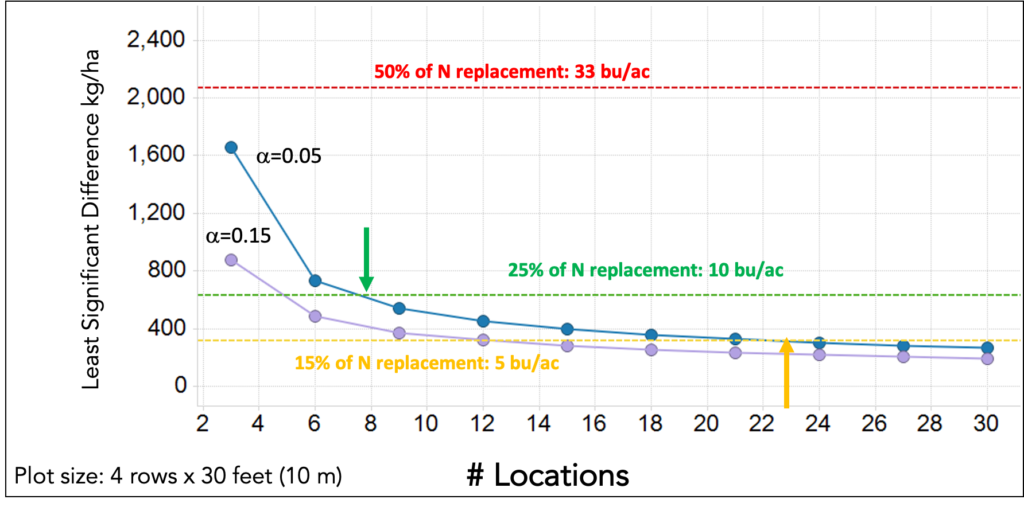The role of biological nitrogen fixation (BNF) in non-legume crops such as cereals as an alternate source to chemical fertilizers has been a longtime goal in science and industry.
 In recent years, new bacterial strains have been discovered and developed through a range of biotechnological approaches, showing a significant capacity to enhance plant growth in cereals through nitrogen fixation. BNF supplies a large amount of natural nitrogen into cultivated agricultural systems particularly in legume crops (alfalfa, clover, and soybean) through symbiotic nitrogen-fixing Rhizobia that are both naturally present in the soil and applied to seeds or soil as external inputs.
In recent years, new bacterial strains have been discovered and developed through a range of biotechnological approaches, showing a significant capacity to enhance plant growth in cereals through nitrogen fixation. BNF supplies a large amount of natural nitrogen into cultivated agricultural systems particularly in legume crops (alfalfa, clover, and soybean) through symbiotic nitrogen-fixing Rhizobia that are both naturally present in the soil and applied to seeds or soil as external inputs.

Historical reports have shown relevant BNF from natural sources in certain non-legume crops such as sugarcane or rice. Longtime efforts in research and development of agricultural inputs for BNF in cereals still have not resulted in high enough N amounts from these sources to be a total replacement for chemical fertilizers. However, recent research indicates BNF can contribute up to 30% of a corn crop requirement.
In the last five years, AgriThority® conducted 100+ greenhouse and field studies in the U.S. and Argentina to evaluate several selected wild-type and genetically edited strains of non-symbiotic diazotrophic and plant-associated bacteria.
Applied both as in-furrow application or seed treatment, these strains have variable responses in non-legume crops such as corn, lettuce, tomato, and strawberry. The best performing strains in corn have shown a replacement of chemical N sources from BNF in amounts equivalent to 20 to 30% of total crop fertilizer requirements, averaging yield responses of 6 to 18 bu./acre.
Learnings from statistical analysis of these large trial data sets allowed the AgriThority research team to define basic guidelines in experimental design for BNF studies. For example, for products aiming at a N fertilizer replacement of approximately 15%, a minimum of 12 to 15 locations of small plot replicated trials are required for a statistically robust evaluation of treatment effects and a minimum of 8 to 10 trials are required to detect the true response of BNF bacteria with approximately 25% replacement amount at reasonable thresholds of statistical power and type I errors.

Also, careful selection of experimental sites proved critical in BNF studies, as crop response to BNF bacteria was clearer in the low-N compared to medium and high N soils.
A realistic assessment of these technologies requires a balanced weight of these environments in the overall experiment network. A clear breakout of results can properly quantify these effects across different environments to determine viability in each crop.
When your Research is ready for Development, turn to AgriThority® for scientific business, market and product development expertise. As an independent global science resource, we focus on exploring potential, expanding market access, and evolving production for greater food security and sustainability. Forward-thinking agriculture experts with deep scientific experience are the core of AgriThority. With boots on the ground—and in the fields, trust AgriThority to listen, lead and deliver.
For information about how AgriThority® applies product development experience and scientific protocols to novel technologies, contact Gloverson Moro, Ph.D., Director, Global Product Development at gloverson.moro@agrithority.com or call +1-816-891-0916.


